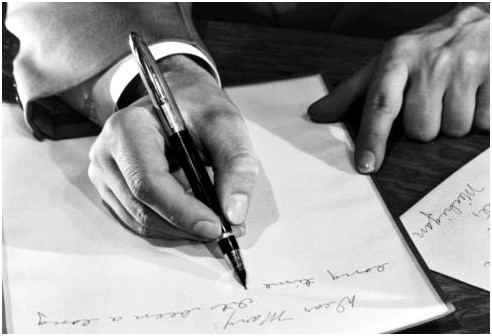Navigation article:
- A History of Fountain Pens
- Why Write Having a Fountain Pen
- The Anatomy of the Fountain Pen
- Reservoir or Filling Systems
- Best Fountain Pens for novices
- Crafting Having a Fountain Pen
- How to get Proper care of Your Fountain Pen
- Being a Fountain Pen Aficionado
- Pen Mail & a Primer on Stylograph Type Fountain Pens
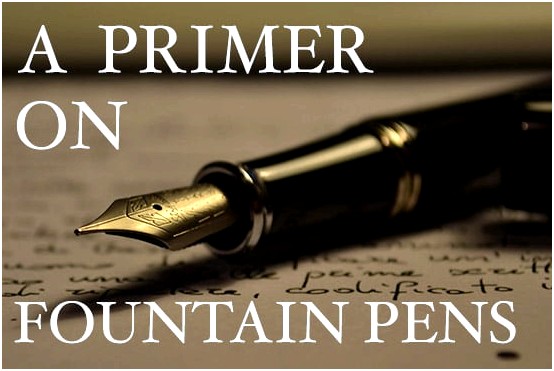
“To spend time at one’s table on the sunny morning, with four obvious hrs of uninterruptible security, lots of nice white-colored paper, along with a [fountain] pen — that maybe true happiness.” –Winston Churchill
Going for a break from click-clacking away at one’s keyboard to create something out by hands — a thanks note, a diary entry, a webpage of copywork — is really a distinctively enjoyable activity.
And you will find a couple of things it’s possible to do in order to heighten this pleasure, and it is sense of ritual.
The first is applying your writing utensil to some handsome journal or quality stationery.
After which there’s utilizing a fountain pen.
Putting away one’s ballpoint and obtaining a fountain pen is similar to switching from shaving having a cartridge razor to presenting a security or straight razor. The character from the tool requires more skill and a focus from you, however the experience is more potent and also the result sharper.
If you’ve always aspired to see what it’s prefer to literally obtain the ink flowing, this short article provides an accessible primer around the basics you should know to obtain began.
A History of Fountain Pens
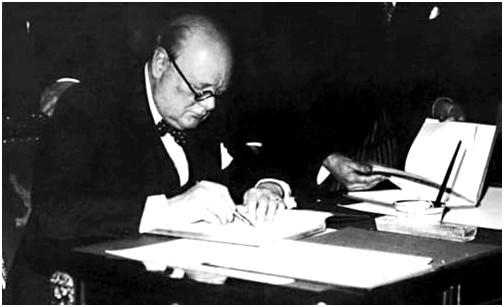
As the earliest record of the fountain-like pen dates in the tenth century, fountain pens as you may know them today didn’t exist before the late 1800s. In 1884, a united states named Lewis Waterman patented the very first practical model after supposedly getting a sales contract destroyed with a leaky precursor. Before Waterman’s version, fountain pens were plagued with ink spills and blots, and were hard to rely on and inconvenient.
The primary problem of earlier fountain pens dedicated to air flow — there wasn’t enough. Fountain pens work by handling the rate where a lot of it flows with the pen. Once the pen takes place in an upright position, ink in the reservoir is attracted downward by gravity, and experiences the feed and also to the nib inside a controlled fashion. Unless of course air is introduced in to the reservoir to exchange a lot of it because it is used, vacuum pressure will establish that forestalls the flow.
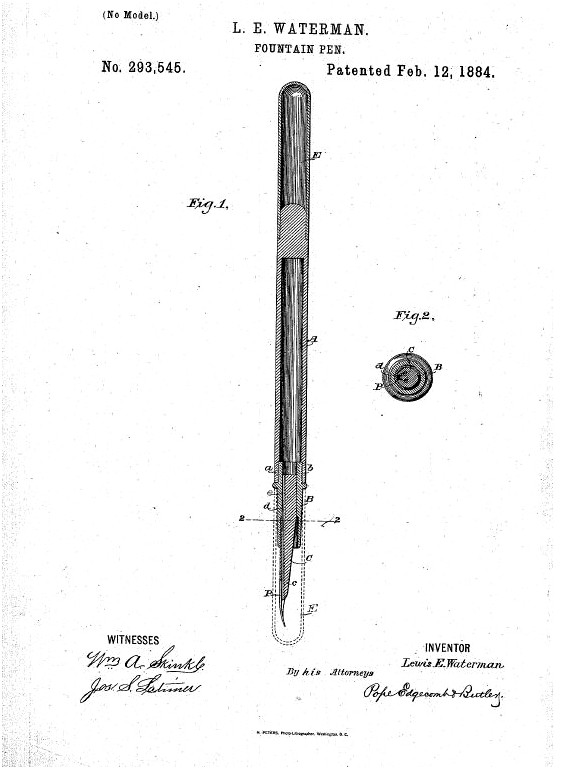
Waterman solved this air flow issue by cutting a number of three fissures within the pen’s feed. This produced a capillary-esque mechanism that functioned by drawing ink in to these small channels simultaneously that air returned in within the fissures and joined the reservoir. The current fountain pen was created.
Though Waterman’s innovation made fountain pens a lot more effective and easy to write with, filling the pen continued to be a untidy and tiresome affair. You’d to unscrew part of the barrel and employ an eyedropper to fill the reservoir visit drop. In the turn from the 20 th century, companies started presenting self-filling reservoirs that permitted users to place the nib within the inkbottle and fill the reservoir by pulling a lever or twisting the barrel.
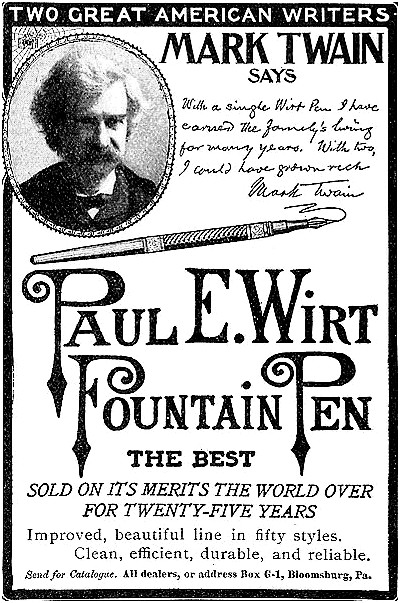
Despite the development of the ballpoint pen in early 1900s, fountain pens maintained their dominance because the go-to writing instrument up to the mid-reason for a lifetime. It wasn’t before the 1960s, once the ballpoint pen’s reliability elevated, and it is cost decreased, that fountain pen sales started their lengthy and steady loss of the U . s . States. While they’re still broadly utilized by students privately schools in England and the remainder of Europe, in the usa the fountain pen is basically viewed as much more of a collector’s item, a standing symbol, or even the focus of the twee hobby. However, because of the internet’s capability to connect enthusiasts, the fountain pen has witnessed something of the resurgence within the U.S. You can find numerous forums and blogs focused on the benefits of the classic writing instrument.
Why Write Having a Fountain Pen
Think you may want to expand out of your ballpoint? Listed here are a couple of good reasons to give fountain pens a go:
It feels better. Because it’s not necessary to press lower as difficult to write while you use a ballpoint pen, writing using the fountain variety is a lot simpler around the hands. It enables for longer periods of writing without fatigue. It’s simpler to go into the flow, when utilizing something which truly flows.
It’s better for that atmosphere. Having a ballpoint pen, when you consume all of the ink, you toss it in to the trash. While you can purchase disposable fountain pens, most fountain pens aren’t intended to be tossed away. Advertising media are from ink, just refill the reservoir and you’re in business.
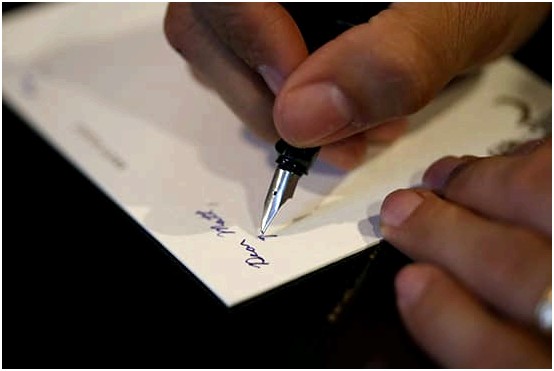
Cheaper over time. I shouldn’t consider how much money I’ve tossed away or lost by means of half-used ballpoint pens. Due to their disposable nature, I’m pretty careless together. Basically lose one, well i guess, I’m able to buy another pack of ‘em.
There’s something in regards to a fountain pen that inspires you to definitely take proper care of it. The hefty cost tag of some models certainly has something related to that. However the fountain pen’s storied tradition offers an aura of timelessness and permanence that encourages the dog owner to guard it it might even be a family heirloom.
As a result, aside from the energy production from the pen, the only real recurring expense you’ll accrue is simply buying more ink every occasionally. Consequently, it will save you money over time having a fountain pen over a ballpoint.
It can make cursive handwriting look better. Besides reducing fatigue, the sunshine touch and flowing hands movements which are necessitated with a fountain pen help make your handwriting look better.
It can make you are feeling just like a mister. I’ll be honest — among the appeals of writing having a fountain pen is it just enables you to feel awesome. There’s something about writing with similar implement that Teddy Roosevelt and Winston Churchill used which makes you are feeling just like a true gentleman and scholar.
The Anatomy of the Fountain Pen
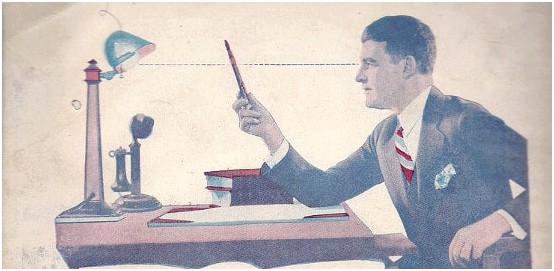
The fountain pen’s design is sophisticatedly simple. It includes three primary parts: the nib, the feed, and also the filling system.
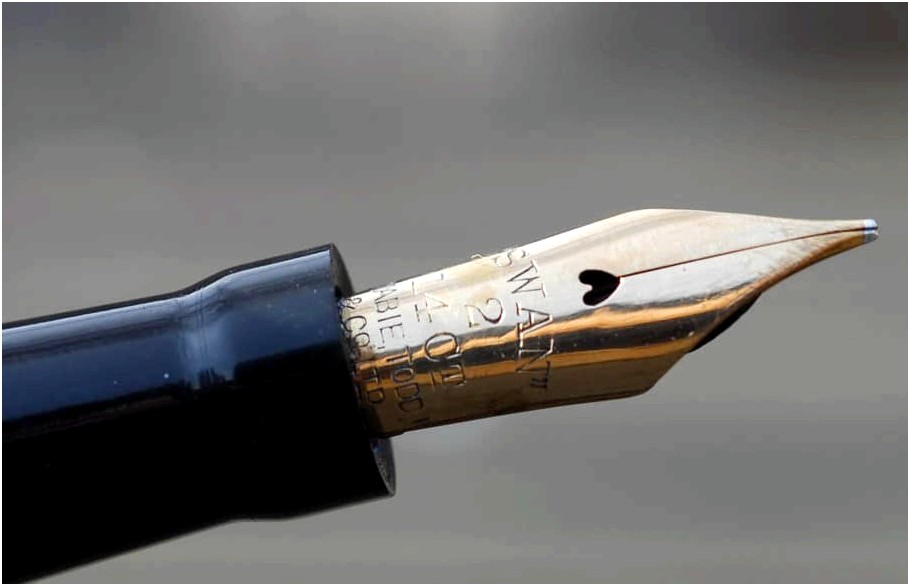
Spot the slit lower the center and also the breather hole.
The nib may be the metal tip from the fountain pen that touches the paper. Early fountain pen nibs were fashioned from gold because of the element’s versatility and potential to deal with corrosion. However, most contemporary nibs are created with stainless or gold alloys due to their durability and strength.
If your nib is made of pure gold, it’s usually tipped having a hard-putting on metal like iridium or some metal in the platinum family. Steel nibs curently have a tough tip, so tipping all of them with another metal isn’t necessary.
Along the middle of the nib runs a little slit that can help bring ink lower the end through the aforementioned capillary action. You’ll also look for a “breather hole” bored into the top nib to assist bring air into the reservoir to avoid vacuum pressure from developing. The breather hole also serves a structural purpose by serving as a stress-relieving point, which will help avoid the nib from cracking using the repeated flexing occurring during use.
Nibs are available in different tip shapes and grades. The 3 fundamental shapes are round, stub, and italic. Round is easily the most common shape and offers a reasonably uniform-searching line around the paper. Stub and italic nibs are usually utilized in calligraphy.
Nib grades designate how big the end. Five fundamental grades exist: extra fine (XF), fine (F), medium (M), broad (B), and double broad (BB). The most typical nib grades are fine and additional fine.
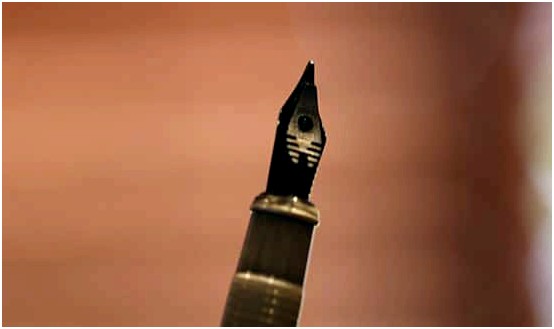
Area of the feed hugging the foot of the nib.
The feed may be the bit of black plastic (or ebonite on antique pens) that hugs the foot of the nib. May possibly not seem like it, however the feed is an essential a part of a fountain pen. It offers the path through which ink travels in the reservoir towards the nib, by which air fills the reservoir.
Since Waterman patented his feed design in 1884, pen makers have worked to produce more and better efficient feeds. In 1941, the Parker Company introduced probably the most notable upgrades with the addition of a “collector” towards the feed. On modern fountain pens, the collector is really a visible group of grooves or fins underneath the nib. The collector functions like a second reservoir and keeps the nib well provided with ink whilst stopping an excessive amount of ink from flowing out at the same time.
Reservoir or Filling Systems
The reservoir may be the cavity within the fountain pen store the ink. This part has witnessed probably the most innovations during the period of the pen’s evolution. We’re able to devote a whole article towards the various reservoirs and filling systems that you could find on antique fountain pens, as well as the purposes want to know ,, we’ll keep to the most typical ones you’ll get in modern models:
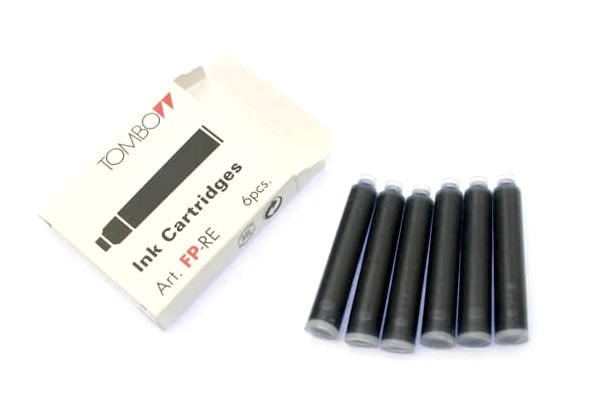
Cartridge. This is actually the most everyday sort of reservoir in fountain pens today. A cartridge is really a small, sealed disposable plastic tube store the fountain pen ink. Whenever a cartridge has no ink, you just take away the old cartridge and include a brand new one. The primary advantage of cartridge reservoirs may be the convenience. However that you simply frequently need to depend around the propriety cartridge designed for your unique pen. Consequently, your alternatives of ink could be more limited. Also, there’s the price factor. While cartridges aren’t too costly, refilling your pen yourself can help you save money over time.
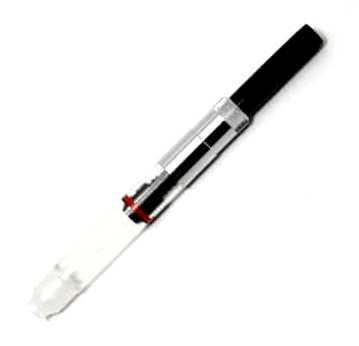
Ripper tools. Should you not like the thought of getting to purchase new cartridges any time you exhaust ink, consider purchasing a cartridge ripper tools for the fountain pen. A cartridge ripper tools looks that just about a cartridge and may fit most cartridge pens, but it features a filling mechanism that enables you to definitely refill it with ink if you go out. The upside is you open yourself up to and including number of inks to make use of, however convenience while it’s easy to fill your cartridge ripper tools, it’s certainly much more of an inconvenience than merely tossing away a classic cartridge and installing a replacement. Here’s how you can fill a cartridge ripper tools.
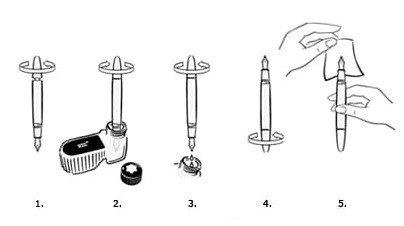
Piston. This filling system uses screw mechanism that pulls a piston in the barrel, sucking in ink with the nib and in to the reservoir. It’s essentially a built-in ripper tools. The only real downside (if you’re able to refer to it as a drawback) on the pen having a piston filling mechanism, is the fact that you’ll never have the ability to use cartridges by using it. You need to load it up by hand each and every time. Here’s how you can fill a piston style pen.
Best Fountain Pens for novices
If wish to give fountain pens a go, but aren’t prepared to drop $100 for any fancy pen, consider using the following three models:
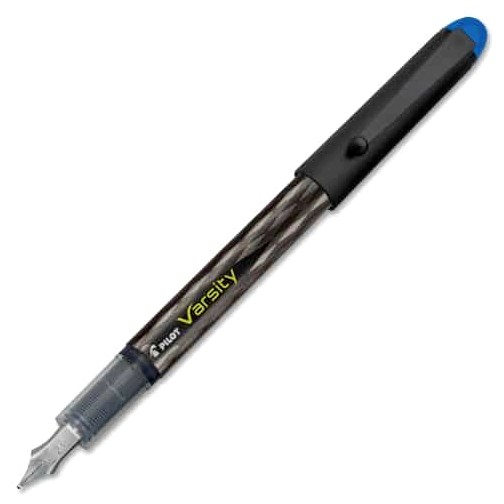
Varsity Fountain Pen by Pilot. They are disposable, so you aren’t getting the “true” fountain pen knowledge about them. But at $8 for any pack of three, it’s a terrific way to give fountain pens a go with little investment. The large downside I’ve found would be that the ink down of all kinds of paper, causing my handwriting to sometimes dwindle legible.
Lamy Safari. After lurking on several fountain pen forums and polling the aficionados among my Twitter supporters, it grew to become obvious the Lamy Safari was hands lower probably the most recommend fountain pen for novices. Having a
$20 cost tag, it’s an excellent multiple-use/refillable fountain pen for that man just getting began.
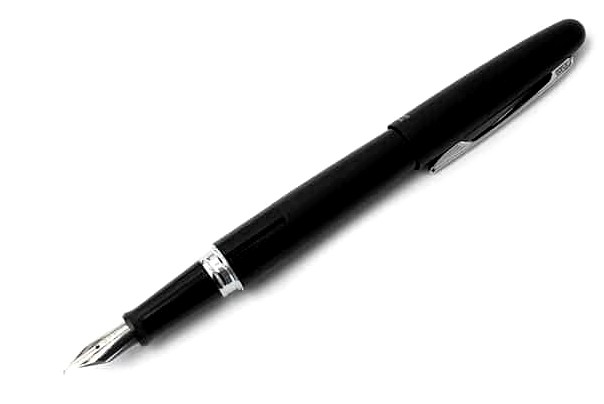
Pilot Metropolitan. Directly behind the chorus of strategies for the Lamy Safari was the Pilot Metropolitan. It’s a clear, crisp searching pen that writes well and charges only $15.
Crafting Having a Fountain Pen
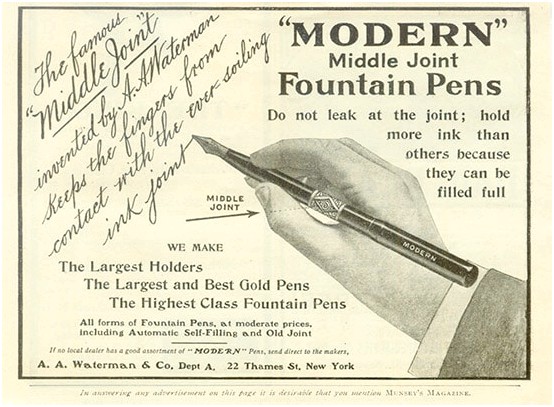
Publish your cap (or otherwise). Posting your cap means putting the cap around the finish of the pen while you’re writing. The pen usually feels more balanced within the hands if you have it published. Obviously, some people choose to write using the cap put aside. Experiment and discover what matches your needs.
Hold it in the correct position. The pen should create a 40 to 55-degree position together with your writing surface. A fountain pen’s “sweet spot” is generally within this range, as ink flows easier at these angles. The exception is really a pen having a round nib within this situation, you would like the nib’s the top to the point upright and never be rotated either to side.
Use less pressure. Its not necessary to press lower to obtain the ink to circulate as if you use a ballpoint pen. Actually, an excessive amount of pressure can avoid the ink from flowing correctly or can harm the nib. Keep the strokes light.
Make use of your arm. Many people are “finger authors,” and therefore they simply move their fingers to create. Finger writing includes a inclination to allow you to apply an excessive amount of pressure towards the pen, which rotates it and as a result causes ink flow problems. Rather, concentrate on making use of your shoulder and arm more while you’re writing. It’ll feel weird initially, but this kind of writing keeps your nib steady helping lessen the pressure onto it.
How to get Proper care of Your Fountain Pen
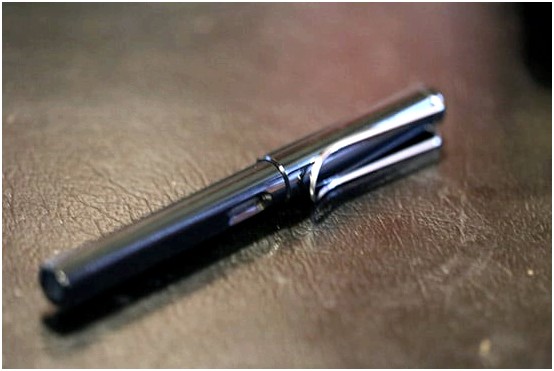
Keep your pen’s cap on keep.
Keep your cap on once the pen is not being used. Jetski from a lot of it in your nib from drying out and protects the nib from damage. Should you choose occur to leave your pen uncapped and discover the ink has dried out, it’s important to take away the dried ink that’s blocking the flow. Soaking the nib with water can frequently have the desired effect. In the event that doesn’t work, consider carrying out a complete flush of the pen — frequently filling it and emptying it with awesome water.
Don’t let others borrow your pen. While you make use of your pen, the nib will adjust to your way of writing. Should you let another person borrow it for longer periods and apply their very own style into it, the nib can get free from whack. When they simply need to sign something, allow them to borrow it it’s a gentlemanly gesture. If they have to write an essay, lend them an inexpensive-o ballpoint.
Provide your pen a normal flush. It’s suggested that you simply provide your fountain pen a flush monthly. It ensures proper ink flow by removing any build-in the nib or feed. Here’s how you’re doing so.
Additionally to flushing, you may consider soaking your nib in a mug of awesome water overnight to get rid of any persistent ink build-up.
Being a Fountain Pen Aficionado
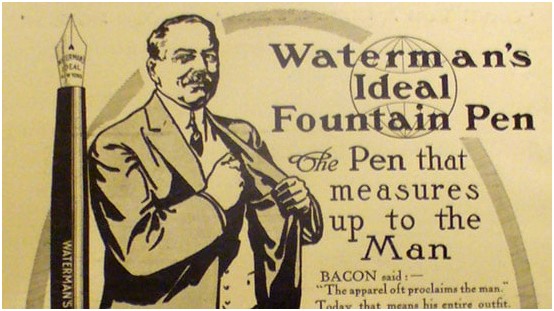
This publish just scratched (see things i did there?) the top of fountain pen world. We didn’t even enter into antique fountain pens. Hopefully, a real fountain pen aficionado is going to be up for writing it for all of us. (Nudge, nudge.) If you wish to find out more about fountain pens, I recommend you browse the following sources:
Richardspens.com. This is actually the source on fountain pens on the internet. I spent hrs just studying with the in-depth articles he’s on every facet of fountain pens. This website is essential-read for anybody wanting to understand more about them.
The Fountain Pen Network. A forum focused on fountain pens. Individuals you will find super useful with beginners, if you possess a question, ask. They likewise have lists of groups, conferences and occasions focused on fountain penning (yeah, I simply used fountain pen like a verb), in addition to a marketplace where one can buy or trade new fountain pens.
Fountain Pen Board. A smaller sized, more tight-knit forum than Fountain Pen Network. Inquire or purchase or sell your antique fountain pens.
Fountain Pen Geeks. Another fountain pen forum.
Source: www.artofmanliness.com
